5 things Apple VR must steal from the Meta Quest, and 4 things it should improve
Is the recipe for Apple VR's success found in the Meta Quest 2?

In the run-up to Apple VR, I’ve been hands-on with the Meta Quest 2. Despite its age, it's a fabulous VR headset with a ton of great apps, tactile hand controls, great audio, and more. , I’ve been thinking about Apple’s own foray into the world of mixed reality and some of the key elements of the Meta Quest 2 that Apple should definitely copy in order to find success in the space.
However, the Meta Quest 2 isn’t perfect, so there are also some areas I’d love to see Apple improve upon.
Apple VR: Five features to steal from the Meta Quest 2
The Meta Quest 2 does a lot of things brilliantly, here's what I'd love to see Apple steal from it.
Hand controls
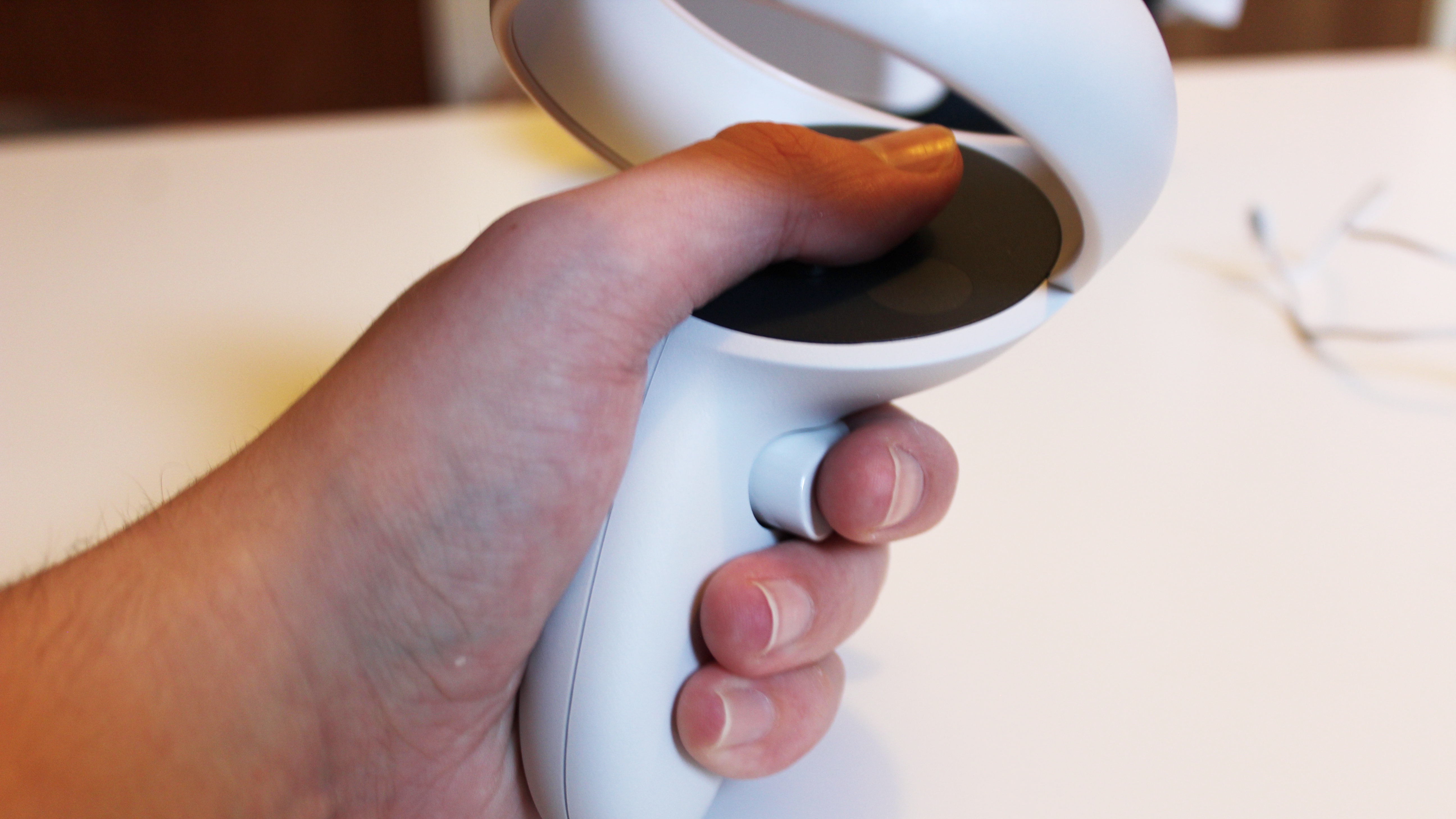
The Meta Quest 2 has some absolutely fabulous hand controls. They suffer a touch from the same build quality issues as the main headset, but they are lovely and comfortable to hold and all of the buttons are tactile and clicky. When you use them, they’re incredibly accurate and responsive for pointing and clicking, and in games like Beat Saber (I have been playing a lot of Beat Saber) I felt like I had the accuracy of an actual Jedi as I cut my way through the music. I found the haptic feedback most enjoyable too, when you touch your sabers together in the game, both controllers vibrate to let you know there’s a disturbance in the force. I hope Apple applies its own technical know-how and product design to making some great controllers for Apple VR.
Audio
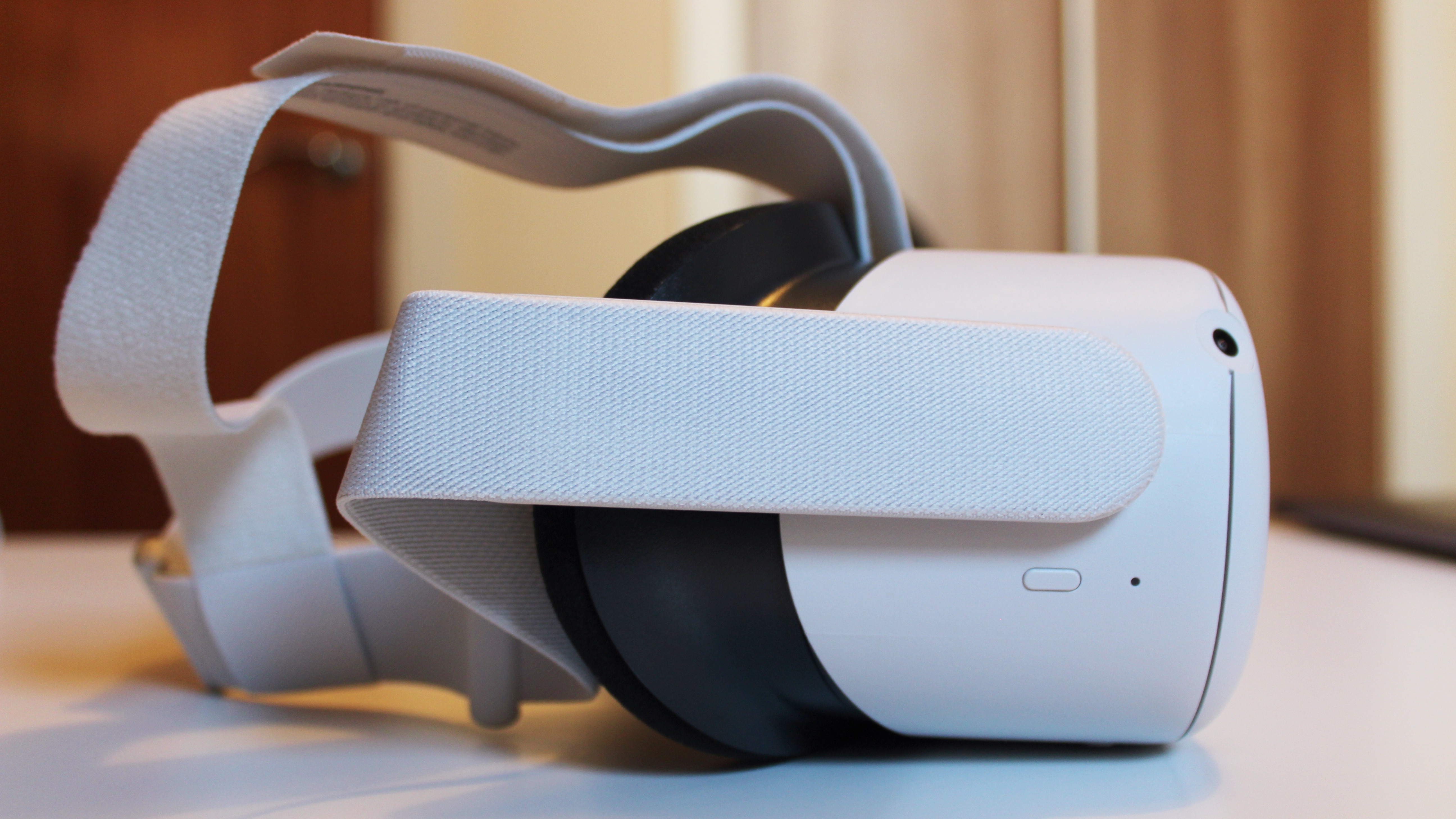
The Meta Quest 2 has an audio jack, so you can use any 3.5mm headphones, as well as USB-C headphones (although this will limit charging and PC connectivity). However, I was more impressed by the actual ambient audio that comes out of the speakers. It works in tandem with the visual experience to really immerse you in the virtual world. We’ve heard a lot about Apple including strong AirPods compatibility with Apple VR, but I’d also like to see a strong focus on using VR without headphones and speaker-based audio. This is a great way to reduce cost and makes the headset more comfortable to use.
Affordability
The Meta Quest 2 is $400-ish. I don’t think it’s possible to have more legal fun for $400, and to that end, I’m really concerned about the price rumors of Apple VR. Reports indicate it could cost up to $3,000. Even the Meta Quest Pro is “only” $1,500, and I worry that an extortionate price tag will render Apple VR unreachable to almost everyone, and as such redundant. The Meta Quest 2 isn’t cheap, but it at least has an aspirational price tag which means you could gift one as a present or save up to buy one.
Fun
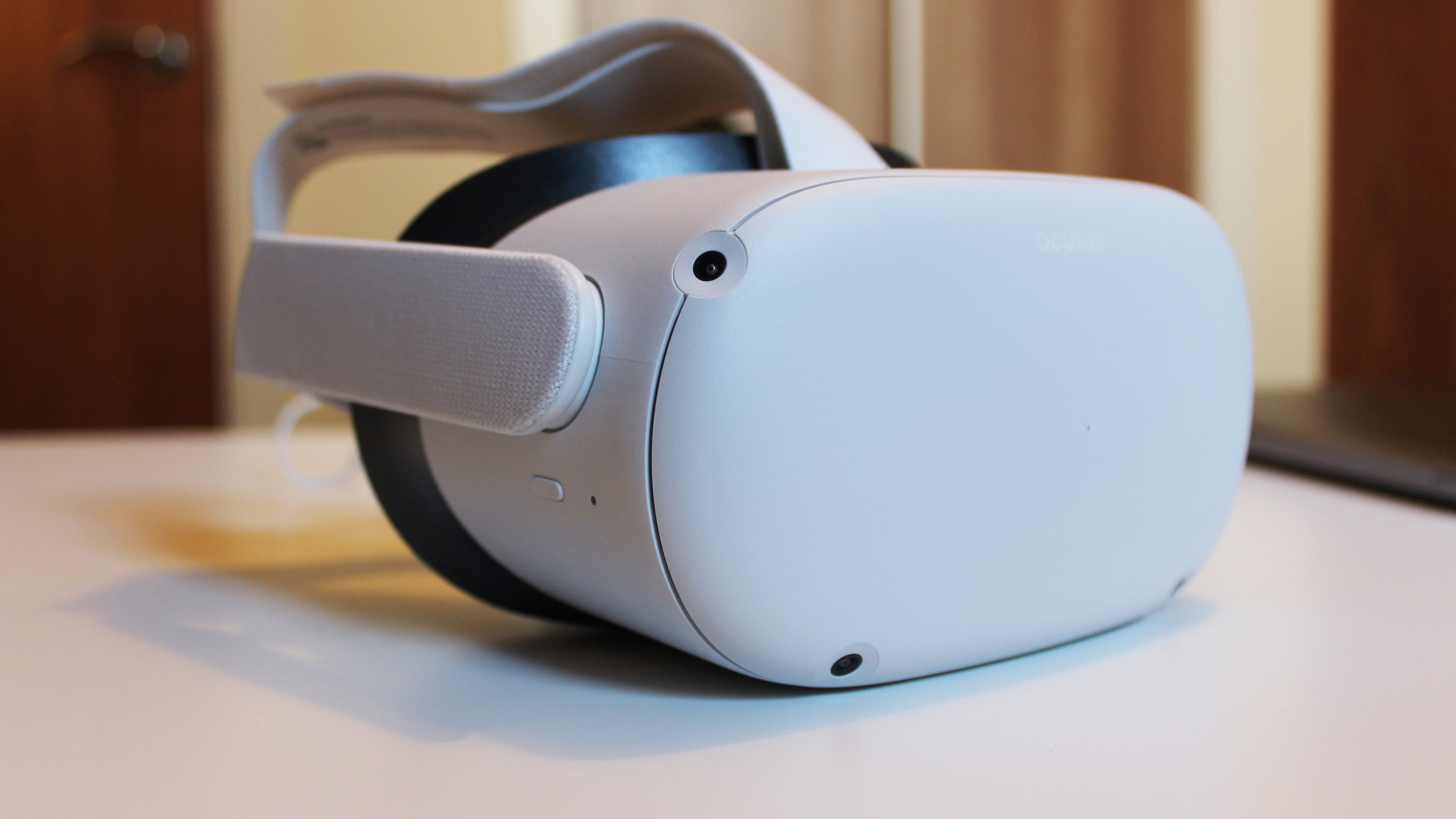
The Meta Quest 2 is fun, really fun. By contrast, Apple VR leaks are starting to make it sound really quite dull. With rumors of a focus on videoconferencing, education, and nightmarish avatar memoji FaceTime calls, Apple strangely has reportedly not focused on gaming as the primary objective of the Apple VR headset. That might be fine for Apple’s business plans when it comes to Apple VR, but any 4K micro-OLED VR headset that isn’t offering the best gaming experiences on the planet is a waste of time in my honest opinion. We’ve heard that iOS games might work on the headset, but at $3,000 and after years of waiting, the Apple VR headset should be the most fun you can possibly have with an Apple product. Period.
Master your iPhone in minutes
iMore offers spot-on advice and guidance from our team of experts, with decades of Apple device experience to lean on. Learn more with iMore!
Open it up

I know this is a pipe dream, but the reason I love the Meta Quest 2 is that I can use it in so many different ways. It works as a native headset for quick arcade fun, such as Beatsaber, but I can also plug it into my gaming PC and drive an F1 car around Silverstone. This PC and native headset duality means the Meta Quest 2 has many excellent use cases and a very wide appeal to customers of all different types of gaming, from hardcore users to more casual ones.
Apple VR improvements
There's always room for improvement, so how could Apple set its VR headset apart from gear like the Meta Quest 2?
Build quality and design
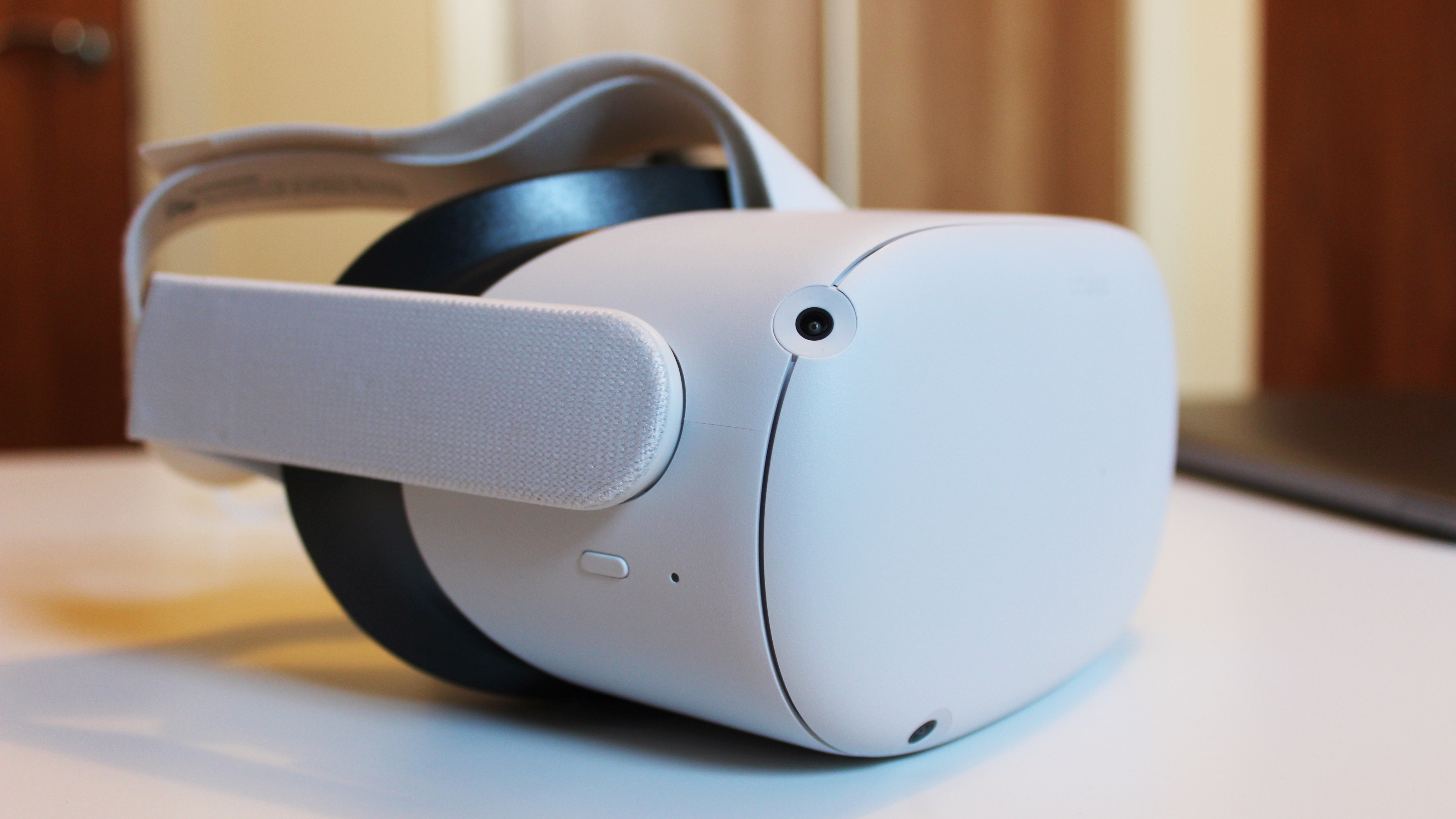
When it comes to build quality and design, all I can say is it’s very obvious that Meta is a software company. Having lived in Apple’s world for more than 10 years, I was sadly disappointed by how plasticky and cheap the Quest felt. Perhaps this is unfair given the price tag, but it's definitely not a premium feeling experience. The outer shell didn’t feel nice at all, and the headband also left a lot to be desired in terms of feel and use. It took me ages to figure out how to adjust the headband to make the headset more comfortable.
Apple excels at hardware design, and I would hope that any Apple VR headset, especially one rumored to cost $3,000, would boast a very premium design that is lightweight and feels great in hand and on your head. Furthermore, Apple really needs to succeed in making the headset easy and intuitive to wear. Good thing then that rumors point to a design of aluminum, glass, and a light mesh headband. The Apple VR headset sounds a lot like AirPods Max in terms of materials, look, and feel, which can only really be a good thing. While the Apple VR headset could cost nearly 10 times more than the Meta Quest and twice as much as the Meta Quest Pro, a premium look and feel to the design would go a long way to justifying the extra cash. Not all the way, but a long way.
Comfort and weight
Once on, the Meta Quest is just “fine” to wear. But getting it on, particularly as a glasses wearer was difficult and cumbersome to start with. Once the shooting starts, however, and you’re in the heat of the moment, you surprisingly almost forget you’re wearing it. Playing Beatsaber, VR itself is so immersive you tend to forget about the massive hunk of tech on your face, it’s only after taking it off that you realize the strain it puts on your neck.
Anything Apple can do to make a VR headset lighter would be a huge bonus. Rumors are that the company plans to make the battery of the headset an external, wearable pack that will significantly reduce the weight of the headset. Furthermore, it will allow you to hot-swap your battery on the fly for longer untethered sessions. This would be great because Meta Quest 2 doesn’t have amazing battery life, I was surprised by how quickly it drained. It charges quickly too, but uninterrupted playtime is the name of the game here, and a hot-swap battery pack could be the answer.
Setup
Setup on the Quest wasn’t a nightmare, but I feel like Apple could leverage its massive ecosystem to its advantage here to provide the most seamless experience possible and make it a standout in the VR world. That includes sharing Wi-Fi passwords from devices and using Apple products like iPhone to input text in the same way you can on the Apple TV. Rumors are that Apple is also planning to include air typing in the Reality Pro headset. While Meta has done a good job of making the best of input using ergonomic hand controllers, it is still tricky, especially for first-time VR users such as myself.
I would love to see Apple include some kind of app that can get you “ready” for VR, perhaps creating your avatar, setting basic preferences, etc, so that when the time comes there’s less setup to be done. When I got my Quest out of the box I was so impatient to just play, but I had to do a bunch of setups and wait for a software update, which is fine, but surely an Apple VR headset could offer more here.
Glasses
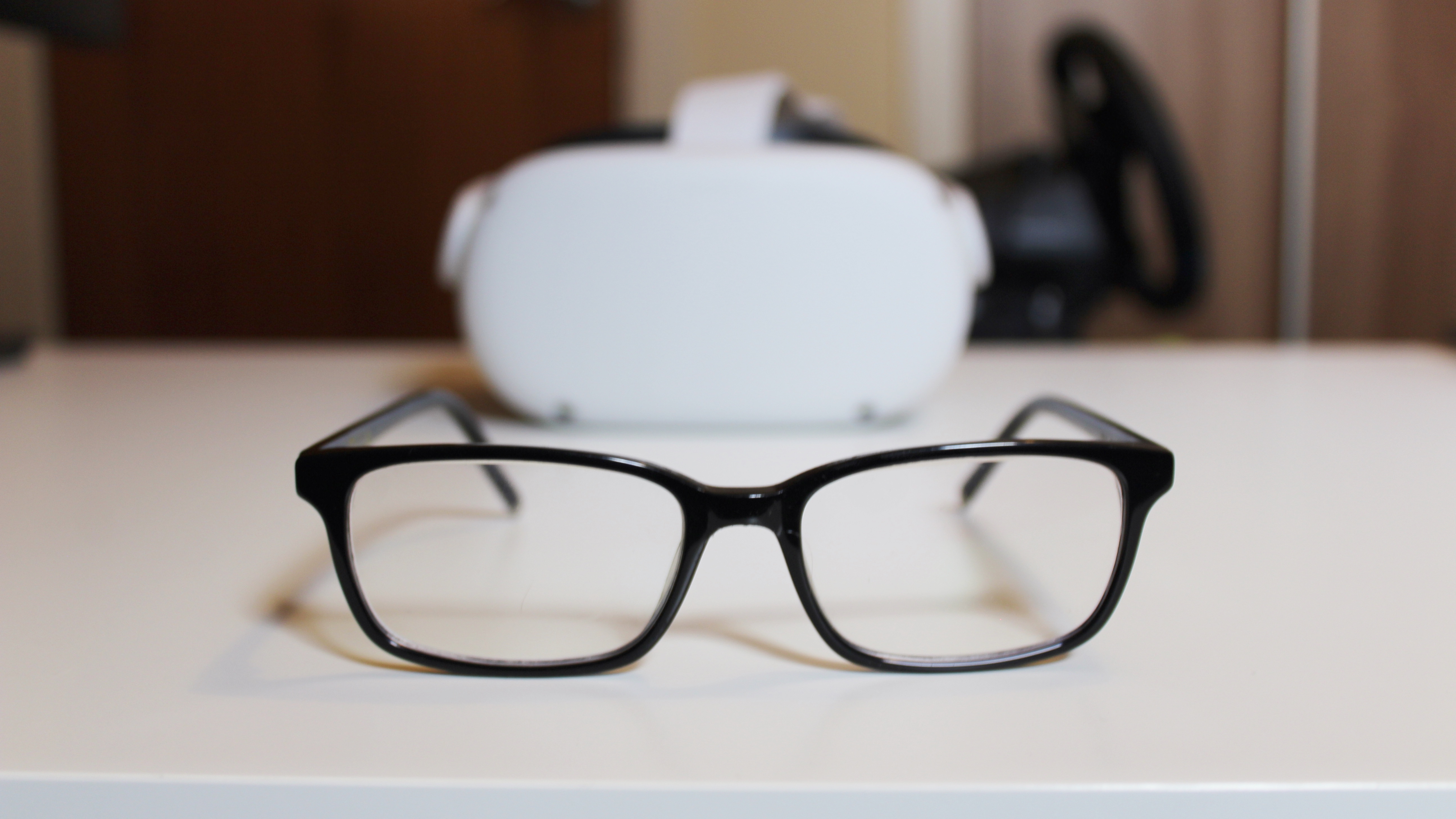
As a glasses wearer, I felt at a pretty big disadvantage using the Meta Quest 2. It does come with a rudimentary spacer for glasses that push the headset and lenses slightly further from your face, but it still felt like a tight squeeze and every time I removed the headset, my glasses left my head and went with the headset. I also found the headset was blurry unless I was looking in at exactly the right angle. Apple reportedly has plans to include motors that will let you adjust the lenses and clips for prescription glasses wearers. I would love to see Apple innovate in this space as this definitely feels like there’s room for improvement. That being said, at $400 I feel like the Meta Quest 2 does enough for glasses wearers, as during actual use my glasses don’t get in the way and don’t cause any blurring or display quirkiness. There are some good third-party options for prescription Meta Quest 2 lenses, and I know our editor-in-chief Gerald Lynch uses these to great effect.
Apple VR recipe for success
If Apple VR can capture some of the Meta Quest’s fun utility, great hand controls, and its great open utility driven by compatibility with a range of platforms and hardware, then the company could be on to a winner. And, VR still has some big steps to take when it comes to setup and comfort where Apple’s product design experience could reap dividends. Yet I remain concerned that Apple VR could be an overpriced conference calling tool, and not the bundle of joy it could have been. With a WWDC 2023 launch on the cards, only time will tell.

Stephen Warwick has written about Apple for five years at iMore and previously elsewhere. He covers all of iMore's latest breaking news regarding all of Apple's products and services, both hardware and software. Stephen has interviewed industry experts in a range of fields including finance, litigation, security, and more. He also specializes in curating and reviewing audio hardware and has experience beyond journalism in sound engineering, production, and design. Before becoming a writer Stephen studied Ancient History at University and also worked at Apple for more than two years. Stephen is also a host on the iMore show, a weekly podcast recorded live that discusses the latest in breaking Apple news, as well as featuring fun trivia about all things Apple. Follow him on Twitter @stephenwarwick9
